Hurricanes are some of the most life-threatening natural disasters on the planet, occurring roughly 90 times every year all around the world (with the biggest concentration found in the Pacific Ocean) and claiming as many as 10,000 innocent lives each year in the process.
On top of that, the catastrophic effects of hurricanes on natural habitats, property, and infrastructure cannot be ignored either: The severe floods and high winds that accompany the storms are known to cause tremendous damage to coastal cities and their surrounding natural environments.
As a result of the torrential rains, high winds, and flooding, hurricane victims are often left homeless, jobless, and stranded.
Populations who have seen their livelihoods destroyed by hurricanes and typhoons in a matter of minutes lack access to food, water, transportation, shelter, and medical care, unsure of when they’ll be able to get their lives back as the infrastructures designed to help them also have suffered the effects of a disastrous hurricane.
The Role of Climate Change in Hurricane Severit
And as the years progress, the challenges facing hurricane-affected populations are only getting worse.
In fact, as the consequences of global warming and climate change continue to ravage our planet, hurricanes are becoming stronger and causing more costly and life-threatening damage to inland areas as well as coastal towns.
According to recent research, North Atlantic hurricanes are retaining far more of their strength once they hit land, persisting longer and causing much more damage than they ever did, powered by the increased warmth and humidity associated with a changing climate. Judging by the latest figures, hurricanes are now decaying at a slower rate as the global climate gets warmer, doubling in the timescale of decay during the last 50 years and moving inland with devastating force.
While the frequency of hurricanes in the Atlantic and Pacific ocean area has also been increasing in the last 50 years, what the future is likely to hold is not necessarily more hurricanes but more intense and destructive floods and storms.
As more category 4 and category 5 hurricanes are hitting the shores of North America, with the mid-2000s having experienced a troubling increase in hurricane severity compared to the previous 15 years, the international community must continue to collaborate by aiding the populations and habitats most affected by the devastating consequences of climate change. They must start to rethink their hurricane relief operations to incorporate a more sustainable and cost-efficient model for supporting victims on the ground.
Here is how we’re playing our role in delivering hurricane supplies and providing emergency food relief to hurricane victims across the world, and how you can play a part in helping those in need, too:
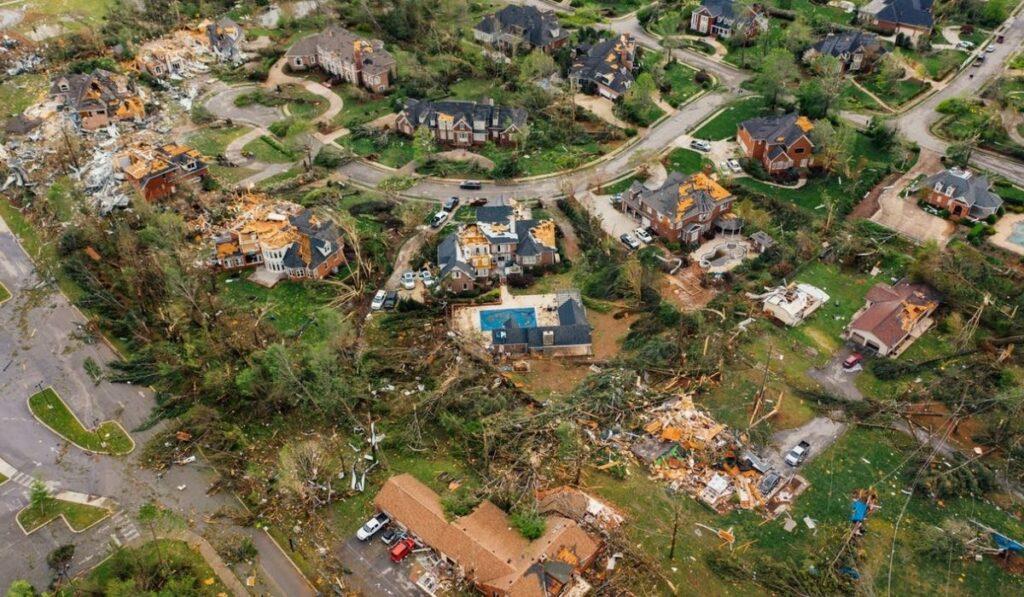
Areas in Which Hurricanes Affect Victims the Most
Hurricanes are sadly a common occurrence in North America and Central America, as the western side of the Atlantic continues to produce increasingly severe storms set to damage coastal towns and inland areas.
We all remember the tragic loss of life following the destruction of Hurricane Katrina and Hurricane Sandy, having collectively accumulated over $370 billion in damages, including destruction to property, transportation, crops, and workplaces.
The effects of these natural disasters are still felt within the local communities affected to this day, leaving much of the population jobless, homeless, and in debt.
The eastern Pacific coast and surrounding basins remain another hotspot for catastrophic hurricanes and tropical cyclones, which often hit Bangladesh and the Philippines, as well as Vietnam, China, Japan, and Taiwan.
How to Help with Hurricane Relief
If you want to provide relief and aid to hurricane-affected communities, you can do your part by donating to the cause or even just spreading awareness of the disasters online.
Those who can donate blood safely are encouraged to do so so that they can support the increased demand for blood donations in the wake of a disaster.
If you can’t take part in volunteer efforts on the ground because of geographical distance, you can also donate goods to non-profit organizations and local charities that are accepting clothes, food, and other basic goods.
How FFL Helps Hurricane victims
As part of our global emergency food assistance program, Food for Life has been providing nutritious and sustainable plant-based meals to communities affected by hurricanes and tropical typhoons for decades.
Driven by the belief that food should not only feed the body but also nourish the soul, our food relief organization has been working in the field to tackle food insecurity in the areas most struck by severe storms, providing comfort and sustenance to victims in the most cost-efficient and sustainable way possible.
Hurricane Relief Operations by FFL
Over the years, Food for Life’s incredible volunteers have been there for hurricane victims when lack of food, homelessness, and loss of infrastructure have threatened their lives the most.
Our team provided emergency food relief in Bangladesh after the deadly 2007 cyclone, aided hurricane victims in Nicaragua in 1998, and was one of the first responders on the scene in the wake of Hurricane Katrina.
Learn more about our hurricane relief operations throughout the years:
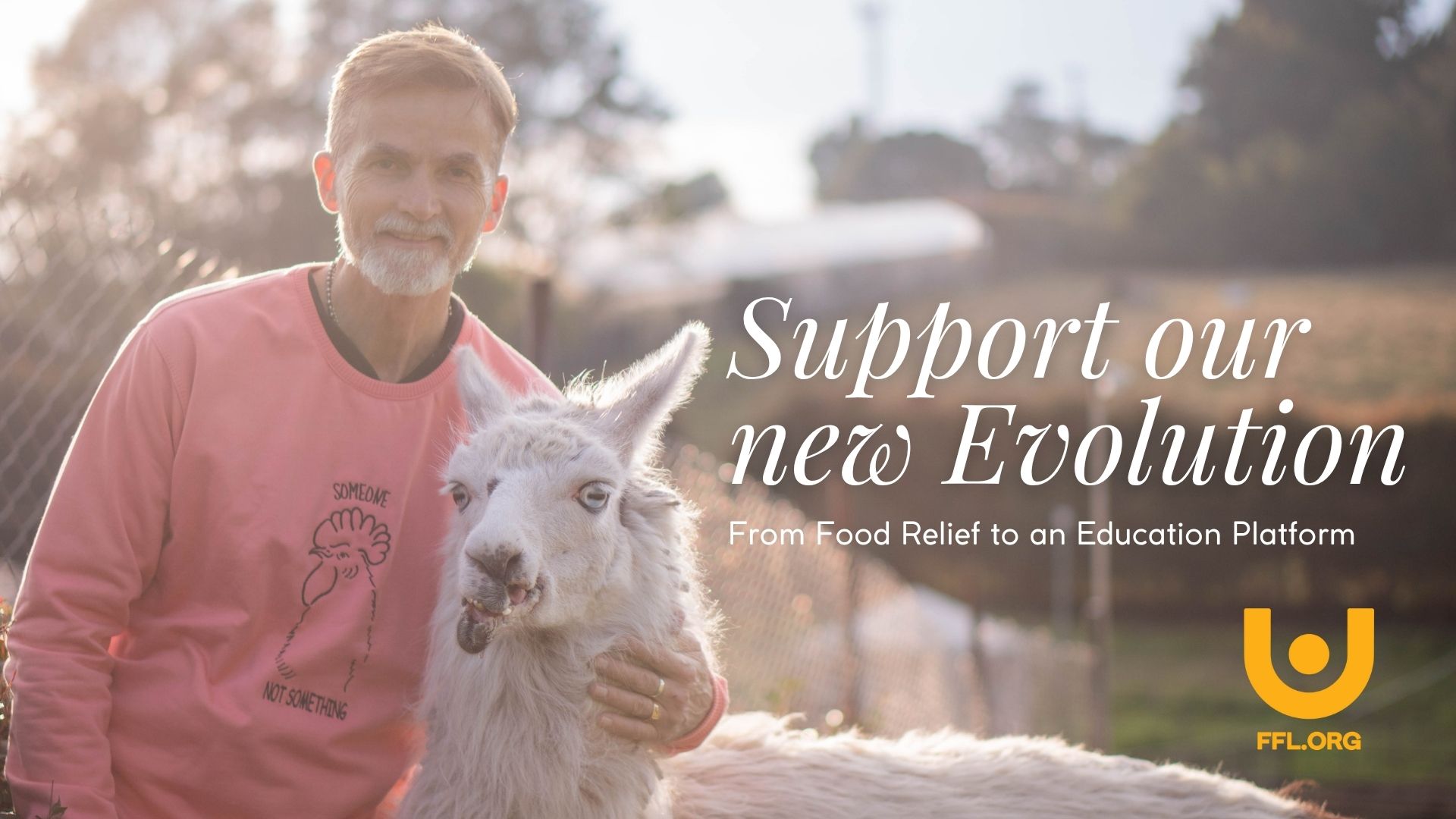
Evolving the Mission: From Food Relief to Soulful Impact
Evolving the Mission: From Food Relief to Soulful Impact For over two decades, Food for Life Global—and later Food Yoga International—has served as a beacon

Olive & Herb Flatbread
Olive & Herb Flatbread Bread was central to biblical meals—Jesus broke bread with his disciples at the Last Supper. Olives and herbs were common across

Barley & Date Porridge
Barley & Date Porridge Barley was one of the most common grains in biblical times, featured in stories like the feeding of the 5,000 (John
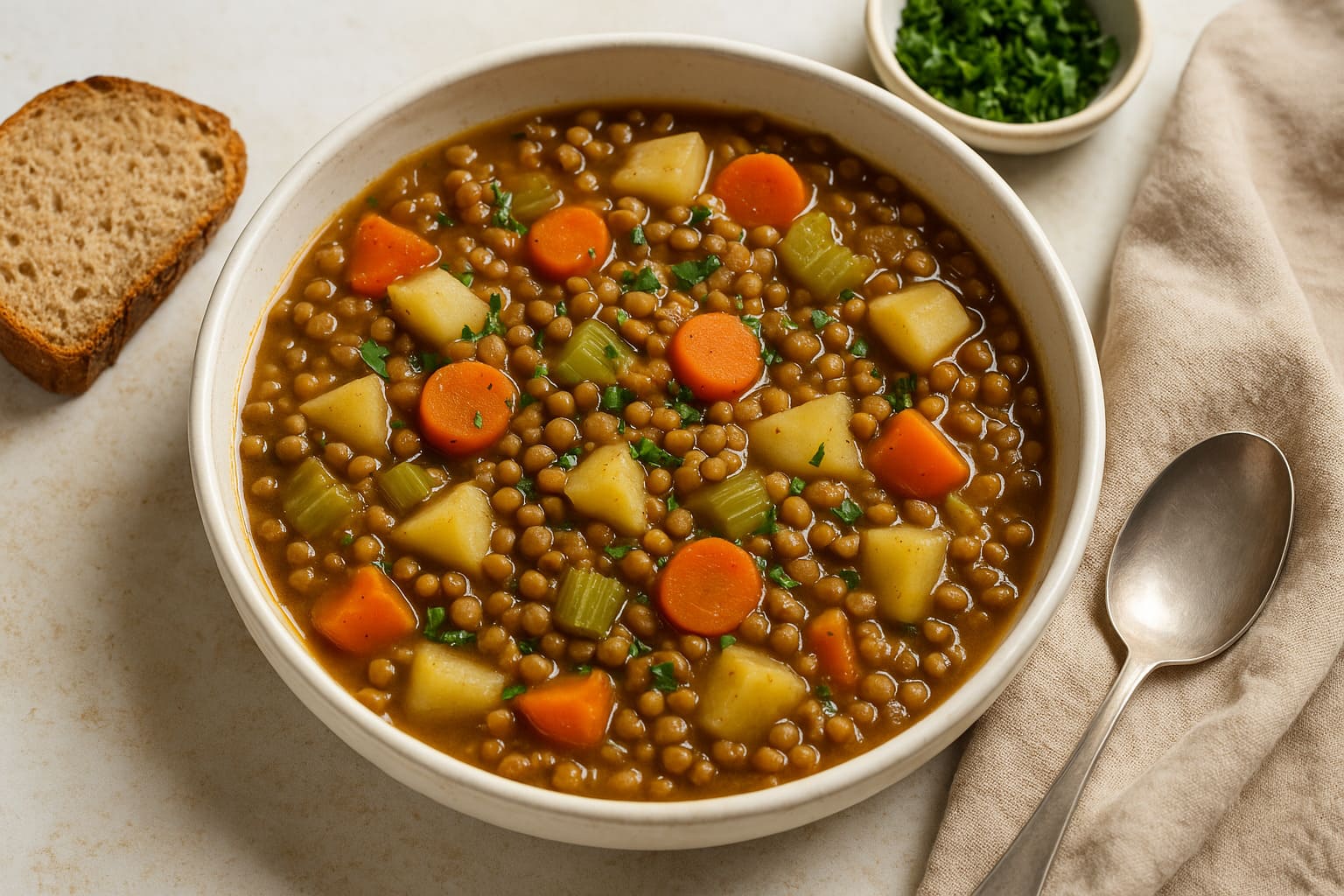
Lentil & Vegetable Stew
Lentil & Vegetable Stew Barley was one of the most common grains in biblical times, featured in stories like the feeding of the 5,000 (John
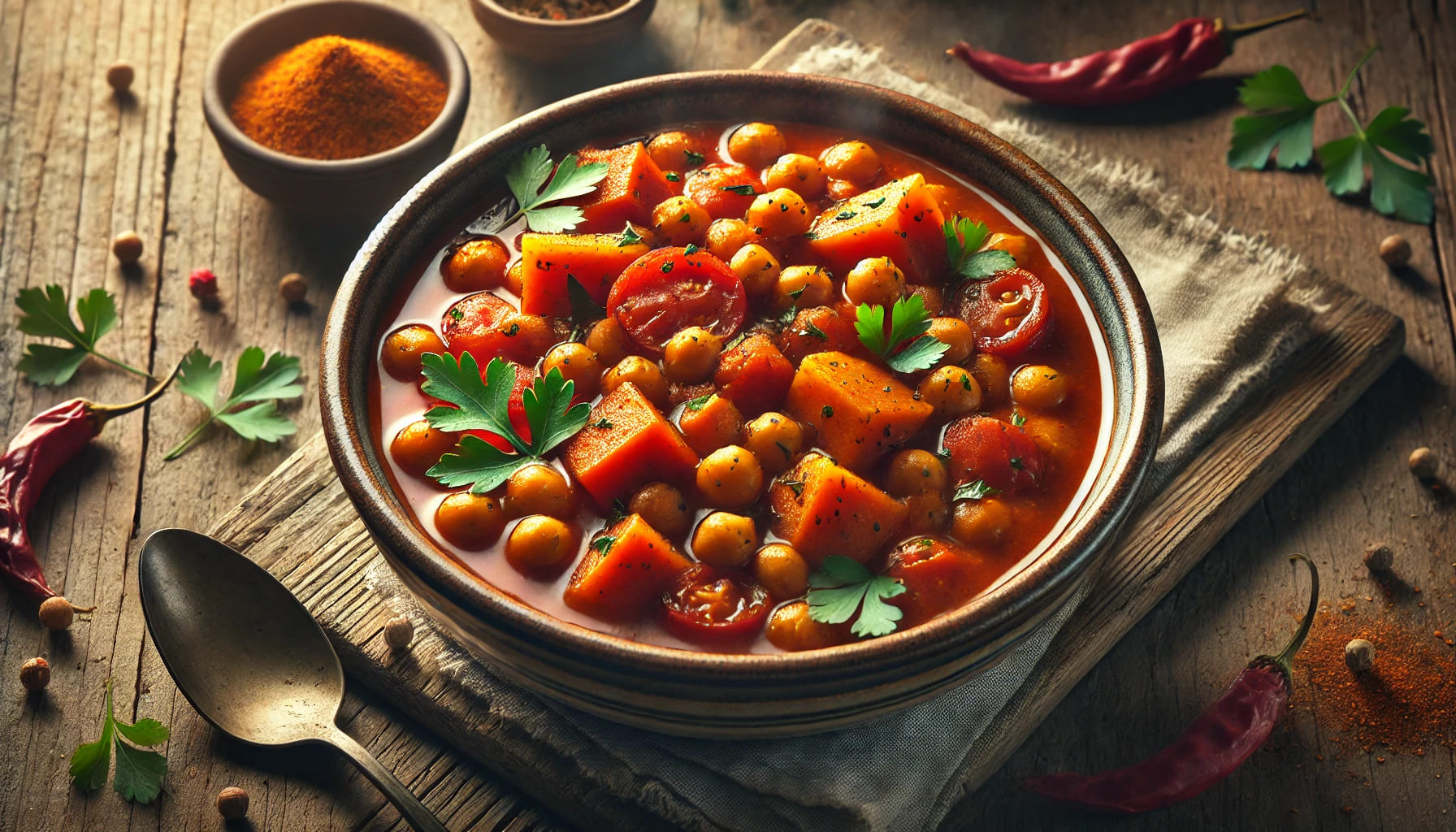
Smoky Vegan Chickpea & Sweet Potato Stew
Smoky Vegan Chickpea & Sweet Potato Stew A hearty, comforting dish that’s perfect for closing out Veganuary with bold flavors. It’s rich, slightly smoky, and
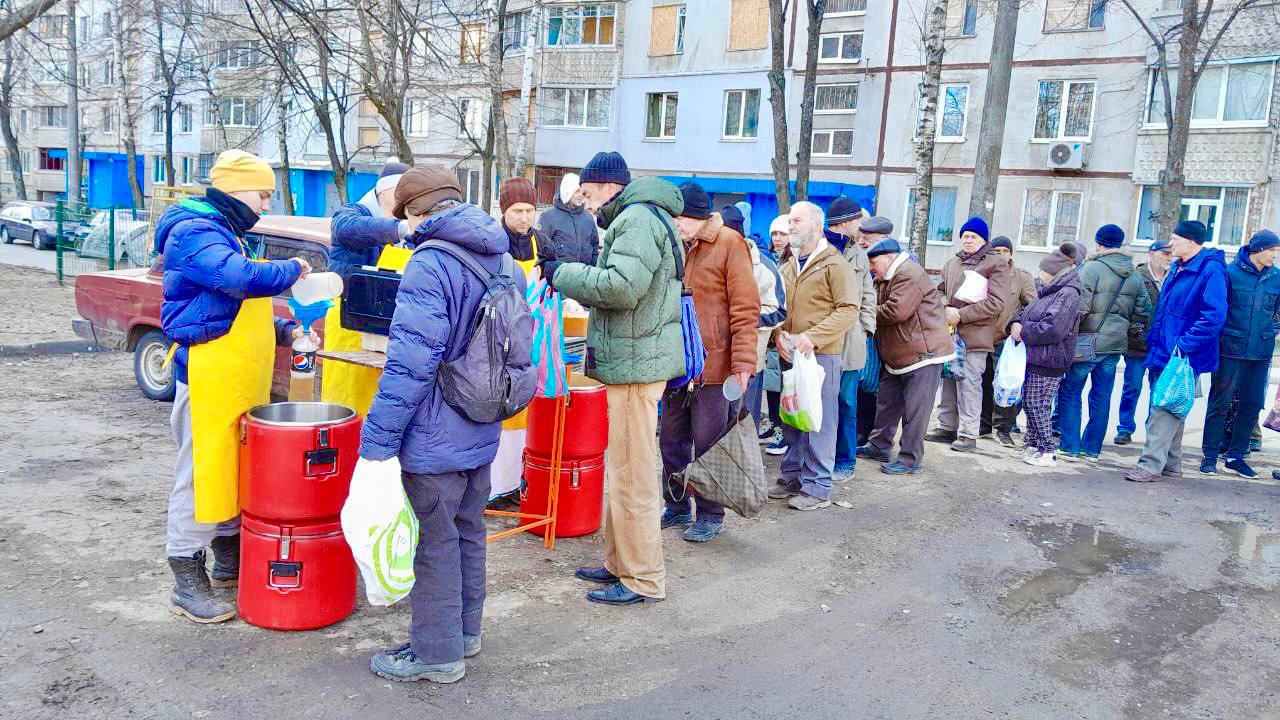
Feeding Hope in Kharkiv: Food Yoga International’s Lifeline in a Harsh Winter
Unstoppable Compassion: Vegan Food Relief in Kharkiv In the war-torn city of Kharkiv, Ukraine, where daily life is marked by uncertainty and hardship, Food Yoga
How to Donate for Hurricane Relief
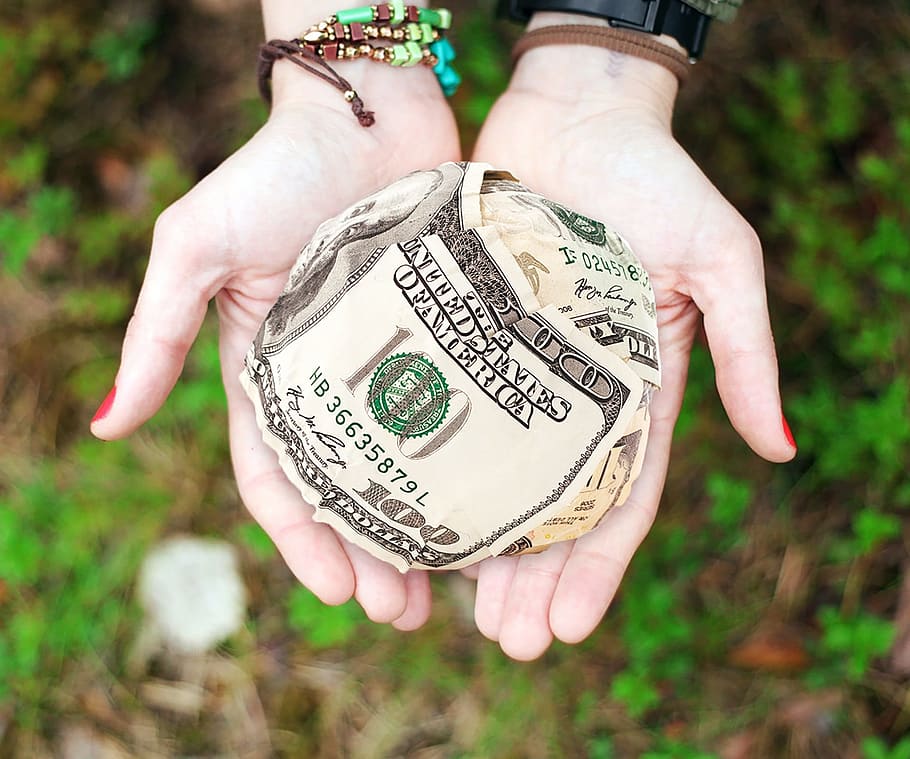
If you believe in the power of plant-based food for tackling food insecurity in the most cost-efficient, effective, and environmentally sustainable way, you can help us achieve our goals and feed more hurricane victims all across the world, just as the severity of tropical typhoons, cyclones, and hurricanes is projected to increase in the years to come.
We were there for the Philippines’s Typhoon Hayan, there for Hurricane Katrina and Rita, there for the 2007 cyclone in Bangladesh. We want to continue being there, providing emergency food relief and comfort to hurricane victims for when tragedy strikes, and expand our relief efforts even further — but we need your help.
You can donate to our food relief services with a one-time donation that fits your circumstances or sign up to become a valued monthly member for $10 per month, with the opportunity to unsubscribe any time as well as to extend your membership for a lifetime with a generous donation of $1000 or more.
For donors who prefer to use a more flexible, sustainable, and tax-beneficial method of donating, we are also happy to accept cryptocurrency donations.
Our emergency food assistance program can only thrive with the help of the amazing members that support our cause from all over the globe — don’t hesitate to reach out to us if you have any questions about your donation and want to learn more about our hurricane relief operations, our mission, and our plans for a brighter future!
You Can Help!

